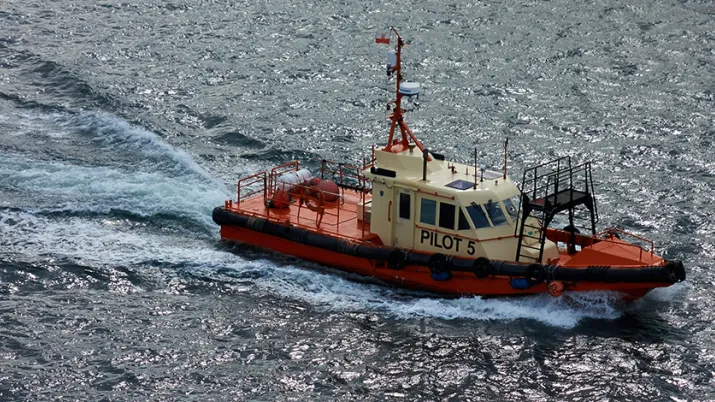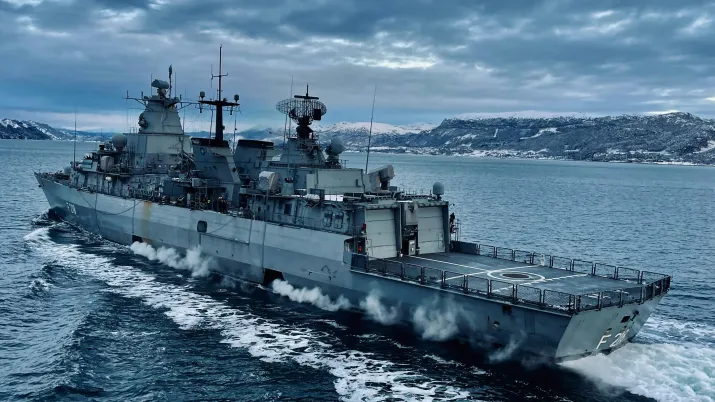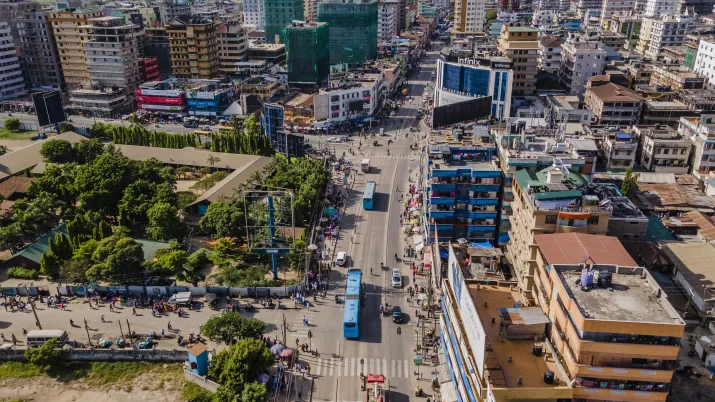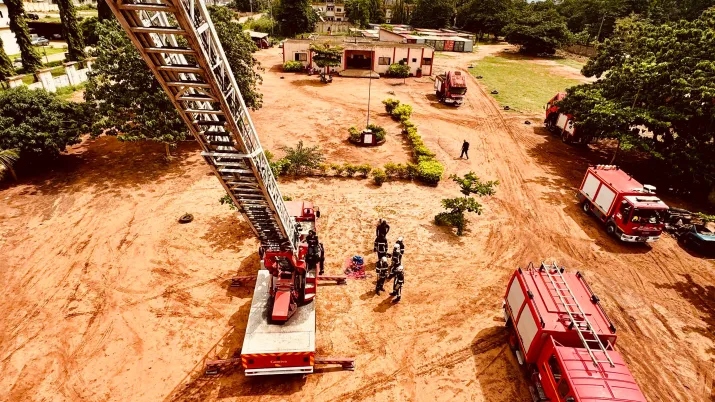Share the page
WeCAPS – Western and Central Africa Port Security
Project
Published on
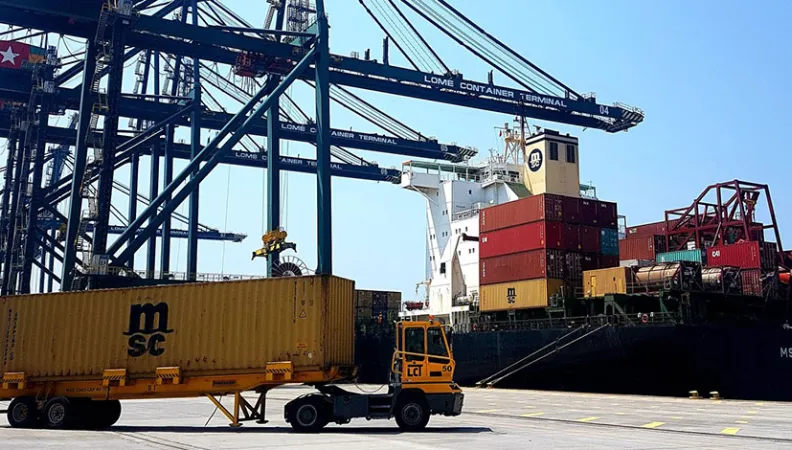
-
Project start date
-
Status
Closed
-
Project end date
-
-
Financing amount (Euro)
-
€ 8,5M
-
Country and region
-
Angola, Benin, Cameroon, Cape Verde, Congo, Ivory Coast, Gabon, Gambia, Ghana, Guinea, Equatorial Guinea, Guinea-Bissau, Liberia, Nigeria, Democratic Republic of the Congo, Sierra Leone, São Tomé and Príncipe, Senegal, Togo
-
Funders
-
African Union
This project contributes to strengthening the security and safety of ports in West and Central Africa.
Central and West African ports: a strategic position in global and European maritime trade, but weaknesses
Maritime traffic in Africa is experiencing an increasing trend which has both economic and security implications. It is estimated that 90% of traffic to Africa transits by sea.
Despite the scale of trade with Asia, Europe remains the main partner of West and Central African countries. Between 2008 and 2013, the economies of the 16 West African countries grew by an annual average of 5%. Regional trade (imports and exports) with the world rose by 67% and, during this period, growth in trade with Europe stood at 70%.
In relation to global trade, African imports from Europe account for 25% of goods (in millions of euros) and African exports to Europe are assessed at 35% of goods (in millions of euros).
Sector stakeholders show an interest in both the potential and weaknesses of this economy. Furthermore, the ports in West and Central Africa are critical infrastructure for the distribution of goods in landlocked countries.
This strategic infrastructure is also vulnerable to malicious threats and industrial risks. Ports can be exploited by criminal organisations for the transit of illicit and dangerous goods. They are also a potential target for terrorist attacks with major consequences on human security, port infrastructure and local and regional economies due to the disruption of port activities. Finally, the industrial risk is heightened by the fact that ports are often located in densely populated urban areas.
Port security: an African, European and international priority
In view of the risk factors facing this critical infrastructure, Expertise France and the European Commission are working to ensure the security of port infrastructure in West and Central Africa via this project dedicated to technical assistance. Its objective is to help the authorities strengthen the security of their ports by taking into account their environment (economic and geopolitical issues, legal framework) and their specific activities.
This project is part of the European Union's maritime strategy for the Gulf of Guinea and the 2013 Yaoundé Process.
WeCAPS, through its specific nature adapted to ports, is completing a series of maritime security projects conducted by Expertise France and supported by the European Commission, such as CRIMARIO and GoGIN, which aims to promote inter-regional cooperation on maritime security and safety from Senegal to Angola.
Activities built jointly with beneficiaries
To achieve its overall objective, the WeCAPS project aims to build the capacities of local partners to take the weaknesses of ports into account and limit them.
These activities are grouped into three key components:
• Strengthen the security of port facilities by improving their compliance with the requirements of the International Ship and Port Security Code (ISPS Code);
• Support port governance: organisation, management, regulation;
• Assist civil security and actions for the prevention, risk management, handling and storage of hazardous materials.
Through on-site missions and consultations, an initial six-month phase is conducting an overall diagnostic and assessing the needs of local partners. This phase is also providing the opportunity for discussions with partners to jointly build activities: this type of approach, which focuses on the demand of partners, ensures that the support proposed is relevant.
These activities may comprise training, awareness-raising, upgrading knowledge, the practice of exercises, the organisation of study visits in the European Union, seminars and partnerships, legal assistance, etc.
The project allows the beneficiaries to obtain a technical assistance facility. It may be requested for all the fields concerned (excluding equipment and infrastructure), and allows a targeted and reactive response to be implemented.
To ensure the sustainability of WeCAPS, there are plans to give local partners the opportunity of eventually taking control of port security themselves via a mechanism for the verification and harmonisation of ISPS measures identical to what is applied in Europe.
On the same topic
EU Global Facility on Anti-Money Laundering and Countering the Financing of Terrorism (GF-AML/CFT)
Ongoing
2017 - 2026
Funders : European Union
In the news
Key Priorities to Address Antimicrobial Resistance in Dominican Republic
Published on November 20, 2025
Supporting cities and the industrial sector in the face of the global climate challenge
Published on November 12, 2025




